Search
Remove Ads
Advertisement
Summary 
Loading AI-generated summary based on World History Encyclopedia articles ...
Search Results
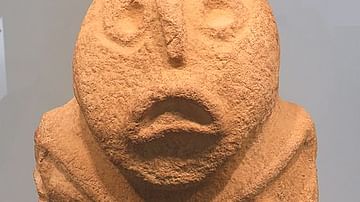
Definition
Lepenski Vir
Lepenski Vir (Serbian Cyrillic: Лепенски Вир, “Lepena Whirlpool”) is an ancient settlement on the banks of the Danube in eastern Serbia; more precisely, in Boljetin village, near Donji Milanovac. The site shows evidence of a culture which...

Image
Lepenski Vir Museum
The Museum of Lepenski Vir, an ancient settlement on the banks of the Danube in eastern Serbia; c. 9500/7200 – c. 5500 BCE.

Image
Progenitrix Sculpture, Lepenski Vir
Progenitrix (Serbian Cyrillic: Прародитељка) is a sculpture dating back from c. 6300 – c. 5900 BCE found at Lepenski Vir (Serbia). Today, it is the symbol of Lepenski Vir. (Lepenski Vir Museum)
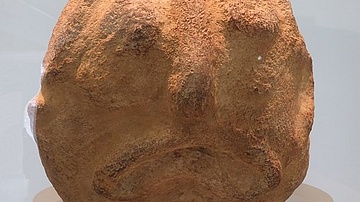
Image
Danubius Sculpture, Lepenski Vir
A quartz sandstone sculpture dating back from c. 6300 – c. 5900 BCE found at Lepenski Vir (Serbia). (Lepenski Vir Museum)
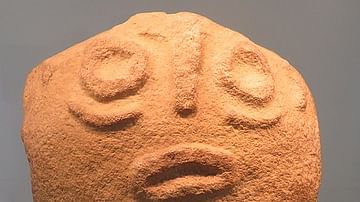
Image
The Family Founder Sculpture, Lepenski Vir
The Family Founder (Serbian Cyrillic: Родоначелник) is a quartz sandstone sculpture dating back from c. 6300 – c. 5900 BCE found at Lepenski Vir (Serbia). (Lepenski Vir Museum)
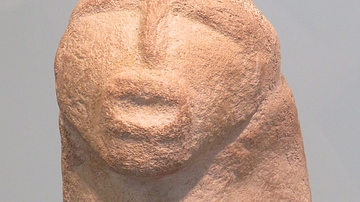
Image
Adam Sculpture, Lepenski Vir
A quartz sandstone sculpture dating back from c. 6300 – c. 5900 BCE found at Lepenski Vir (Serbia). (Lepenski Vir Museum)
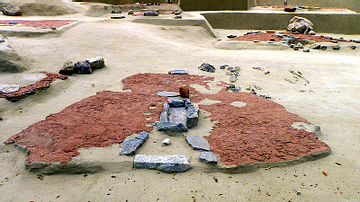
Image
Floor Structure, Lepenski Vir
Flooring structure of a residential house with the hearth at Lepenski Vir - an ancient settlement on the right bank of the Danube in eastern Serbia; c. 9500/7200 – c. 5500 BCE
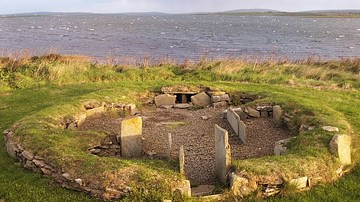
Definition
Neolithic Period
The term Neolithic Period refers to the last stage of the Stone Age - a term coined in the late 19th century CE by scholars which covers three different periods: Palaeolithic, Mesolithic, and Neolithic. The Neolithic period is significant...
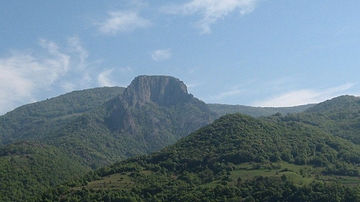
Image
Treskavac Mountain, River Danube
The Treskavac cliff on the left bank of the Danube (Romania) overlooking the prehistoric site of Lepenski Vir.

Definition
Long Barrow
A long barrow is a class of Middle Neolithic (approximately 3500-2700 BCE) burial monument which is found extensively throughout the British Isles and is related to other forms of contemporary tomb-building traditions of north-western Europe...